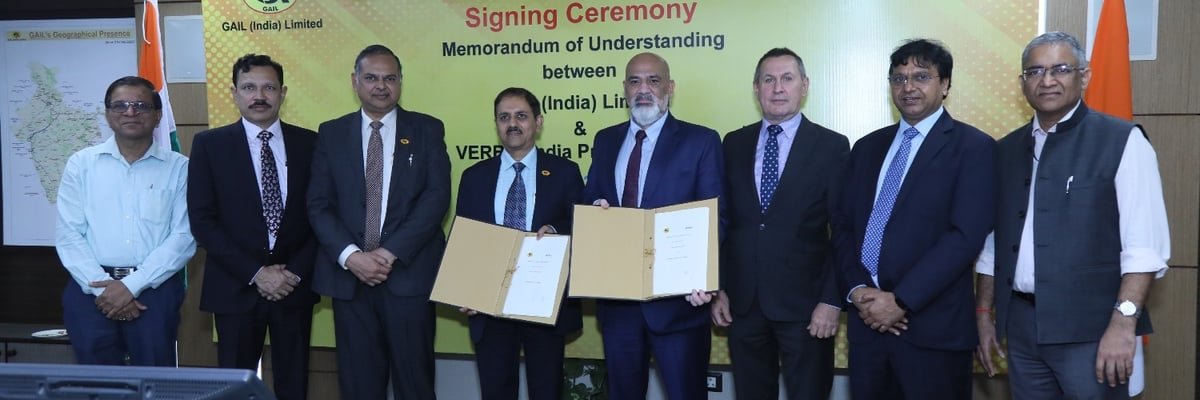Mumbai: Maharashtra’s economy is projected to grow at 7.3% in 2024- 25, outpacing India’s estimated 6.5% growth but slightly lower than the 7.6% recorded in 2023- 24, as per the Economic Survey 2024-25 presented by the Deputy Chief Minister and Finance Minister Ajit Pawar.
Details Revealed
The Survey, presented on Friday, highlights a significant boost in agriculture and allied activities, which are expected to grow at 8.7%, up from 3.2% last year. However, industrial growth is likely to slow to 4.9% from 6.2%, while the services sector is expected to expand at 7.8%, down from 8.3% in the previous year.
Maharashtra’s total debt for 2024-25 is estimated at ₹7,82,991 crore, up from ₹7,11,278 crore last year, which is 17.3% of the Gross State Domestic Product (GSDP), staying within the 25% limit set by the Finance Commission. Interest payments have increased to ₹56,727 crore, compared to ₹48,578 crore last year.
The government is expected to spend ₹1,59,071 crore on salaries, up from ₹1,42,718 crore, making up 30.6% of GSDP (compared to 28.2% last year). Pension expenses will rise to ₹74,011 crore (14.3% of GSDP) from ₹60,446 crore (12%). Maharashtra’s own tax revenue (OTR) is expected to reach ₹3,43,040 crore in 2024-25, marking a 5.09% increase from ₹3,26,398 crore in 2023-24.
According to the Economic Survey 2024-25, the largest share of this revenue will come from state GST, estimated at ₹1,55,756 crore, up from ₹1,44,791 crore last year. Maharashtra has maintained its position as the leading state in India’s total GST collection since 2017. The tax revenue from sales and trade is projected to rise to ₹62,500 crores from ₹62,050 crores, while stamps and registration fees are expected to increase to ₹55,000 crores from ₹51,500 crores.
State excise duties are anticipated to grow to ₹30,500 crores from ₹29,000 crores, and taxes and duties on electricity are expected to reach ₹14,180 crores, slightly up from ₹14,000 crores. However, taxes on vehicles are expected to decrease to ₹14,875 crores from ₹15,000 crores, and land revenues are set to rise to ₹3,000 crores from ₹2,500 crores.




